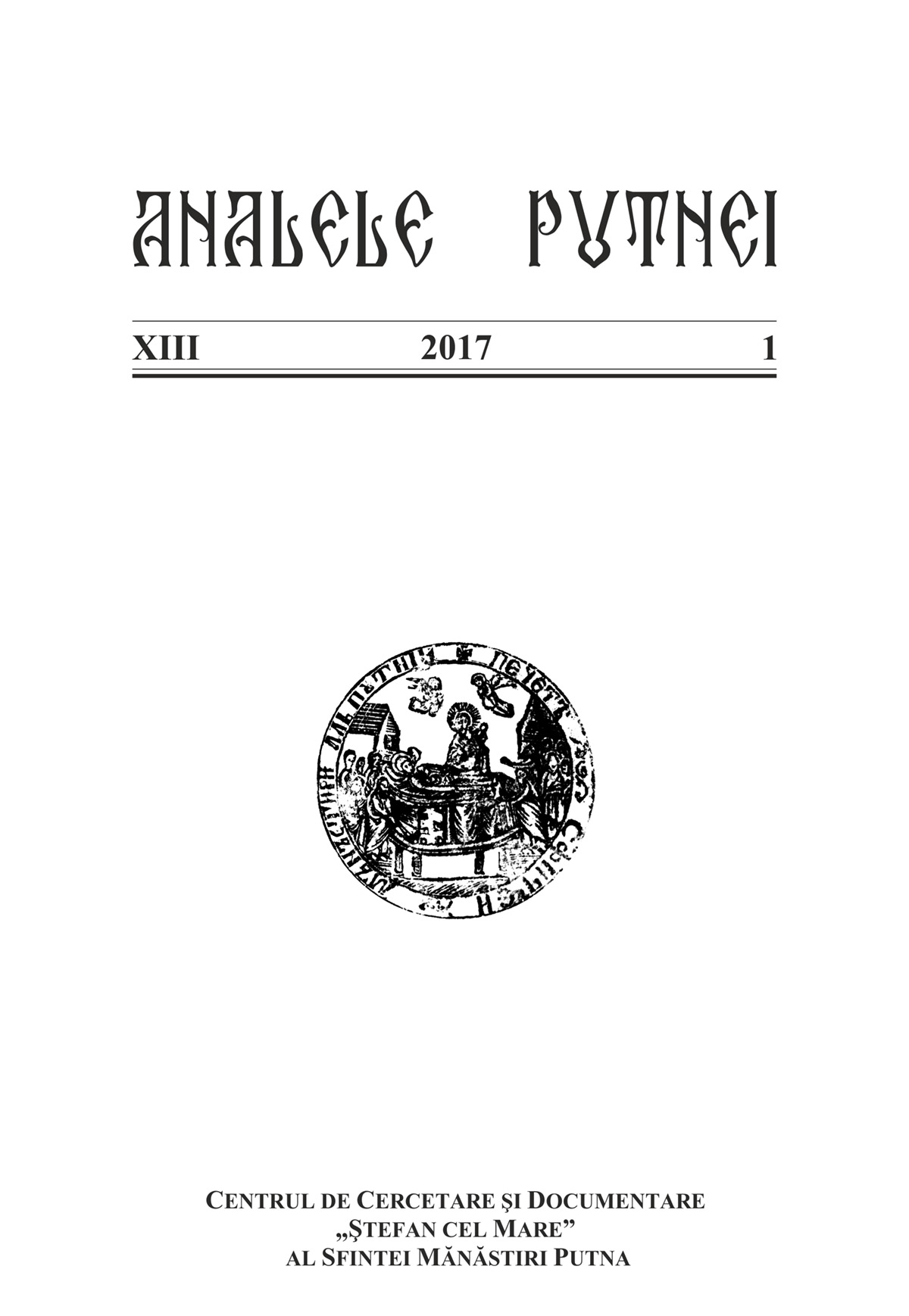Bucovina centrală (bazinul superior al râului Suceava). Repere de geografie şi demografie istorică de la sfârşitul secolului al XVIII-lea şi din prima jumătate a secolului al XIX-lea
Central Bukovina (the Upper Basin of Suceava River). Geography and Historical Demography Aspects from the end of the 18th and the First Half of the 19th Centuries
Author(s): Andrei NacuSubject(s): History
Published by: Centrul de cercetare şi documentare ŞTEFAN CEL MARE
Keywords: historical geography; historical demography; Bukovina under Austrian rule; landscape history; historical spatial analysis
Summary/Abstract: The article presents various aspects related to the historical geography and demography of central Bukovina—corresponding to the upper basin of Suceava River—between 1774–1848 (the first decades of the Austrian rule in Bukovina). The research highlights the main demographic fluctuations, the general characteristics of the landscape, and the administrative and institutional organization of the region until the middle of the 19th century. The period was marked by the appearance of settlements founded by German, Hungarian, or Lipovan Russian colonists and the emergence of small German, Jewish, or Polish communities in the villages inhabited by Romanians. In the western mountainous part of the region, an ethno cultural Slavic subgroup related to the Ukrainians, called the Hutsuls, established their first separate villages near Suceava River. At the same time, the region witnessed the secularization of the properties belonging to the Orthodox Church, the elevation of Rădăuţi to a market town status and its subsequent urban growth, the expansion of the road network, and the appearance of the first factories and modern ventures. Another major occurrence was the transfer of the Bukovina Austrian Army’s Breeding Horse Station to Rădăuţi. The author concludes that the transformation of central Bukovina’s ethno confessional structure paralleled the political and economic developments.
Journal: Analele Putnei
- Issue Year: 2017
- Issue No: 1
- Page Range: 225-239
- Page Count: 15
- Language: Romanian
- Content File-PDF

